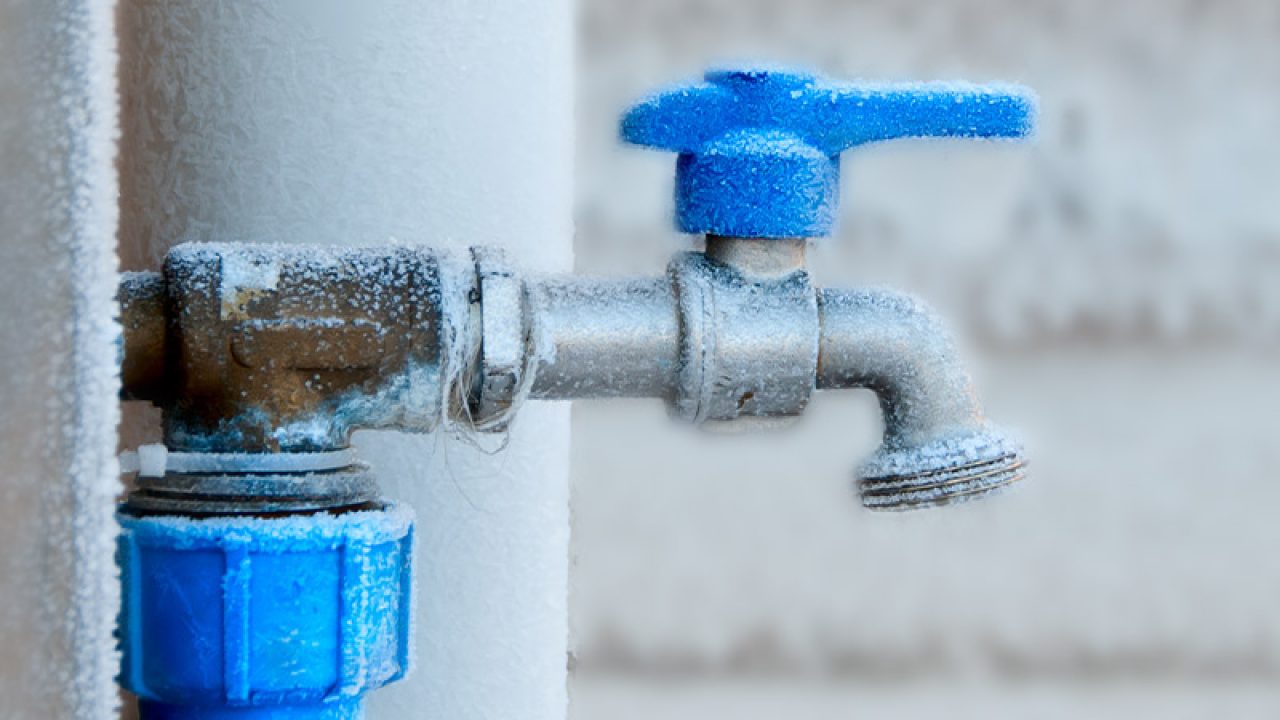Crucial Tips for Preventing Frozen Plumbing in Cold Weather Conditions
Crucial Tips for Preventing Frozen Plumbing in Cold Weather Conditions
Blog Article
Any individual will have their personal idea with regards to How to prepare your home plumbing for winter weather.

Cold weather can wreak havoc on your pipes, specifically by freezing pipelines. Below's exactly how to avoid it from taking place and what to do if it does.
Intro
As temperatures drop, the threat of frozen pipelines boosts, potentially causing costly repair services and water damages. Understanding just how to stop frozen pipelines is crucial for homeowners in cool climates.
Comprehending Icy Pipes
What triggers pipes to freeze?
Pipelines ice up when revealed to temperature levels listed below 32 ° F (0 ° C) for prolonged periods. As water inside the pipelines freezes, it broadens, taxing the pipeline walls and potentially creating them to break.
Threats and problems
Icy pipelines can bring about water disturbances, property damages, and pricey repair services. Burst pipelines can flooding homes and trigger considerable architectural damages.
Indications of Frozen Piping
Recognizing icy pipes early can stop them from bursting.
Just how to recognize frozen pipelines
Try to find lowered water flow from taps, unusual odors or noises from pipelines, and visible frost on exposed pipelines.
Prevention Tips
Insulating at risk pipelines
Wrap pipes in insulation sleeves or use warm tape to protect them from freezing temperatures. Concentrate on pipelines in unheated or outside areas of the home.
Heating techniques
Keep indoor areas sufficiently heated up, particularly locations with plumbing. Open up closet doors to permit cozy air to circulate around pipes under sinks.
Shielding Outdoor Plumbing
Garden pipes and exterior taps
Detach and drain pipes garden hoses prior to wintertime. Install frost-proof faucets or cover outdoor taps with protected caps.
What to Do If Your Pipelines Freeze
Immediate actions to take
If you presume frozen pipes, keep faucets open up to relieve pressure as the ice melts. Use a hairdryer or towels taken in hot water to thaw pipes gradually.
Long-Term Solutions
Structural modifications
Take into consideration rerouting pipelines far from exterior wall surfaces or unheated locations. Include additional insulation to attics, basements, and crawl spaces.
Upgrading insulation
Purchase top notch insulation for pipes, attic rooms, and wall surfaces. Appropriate insulation assists preserve regular temperature levels and decreases the threat of icy pipelines.
Conclusion
Avoiding icy pipelines requires proactive measures and quick responses. By comprehending the causes, indicators, and preventive measures, home owners can secure their pipes during winter.
5 Ways to Prevent Frozen Pipes
Drain Outdoor Faucets and Disconnect Hoses
First, close the shut-off valve that controls the flow of water in the pipe to your outdoor faucet. Then, head outside to disconnect and drain your hose and open the outdoor faucet to allow the water to completely drain out of the line. Turn off the faucet when done. Finally, head back to the shut-off valve and drain the remaining water inside the pipe into a bucket or container. Additionally, if you have a home irrigation system, you should consider hiring an expert to clear the system of water each year.
Insulate Pipes
One of the best and most cost-effective methods for preventing frozen water pipes is to wrap your pipes with insulation. This is especially important for areas in your home that aren’t exposed to heat, such as an attic. We suggest using foam sleeves, which can typically be found at your local hardware store.
Keep Heat Running at 65
Your pipes are located inside your walls, and the temperature there is much colder than the rest of the house. To prevent your pipes from freezing, The Insurance Information Institute suggests that you keep your home heated to at least 65 degrees, even when traveling. You may want to invest in smart devices that can keep an eye on the temperature in your home while you’re away.
Leave Water Dripping
Moving water — even a small trickle — can prevent ice from forming inside your pipes. When freezing temps are imminent, start a drip of water from all faucets that serve exposed pipes. Leaving a few faucets running will also help relieve pressure inside the pipes and help prevent a rupture if the water inside freezes.
Open Cupboard Doors
Warm your kitchen and bathroom pipes by opening cupboards and vanities. You should also leave your interior doors ajar to help warm air circulate evenly throughout your home.

Do you really like reading up on How to Prevent Your Pipes From Freezing? Place a review directly below. We'd be glad to know your suggestions about this piece. Hoping that you come back again in the near future. Liked our content? Please quickly share it. Let someone else check it out. I value reading our article about Helpful Tips to Prevent Frozen Pipes this Winter.
Schedule Your Service Report this page